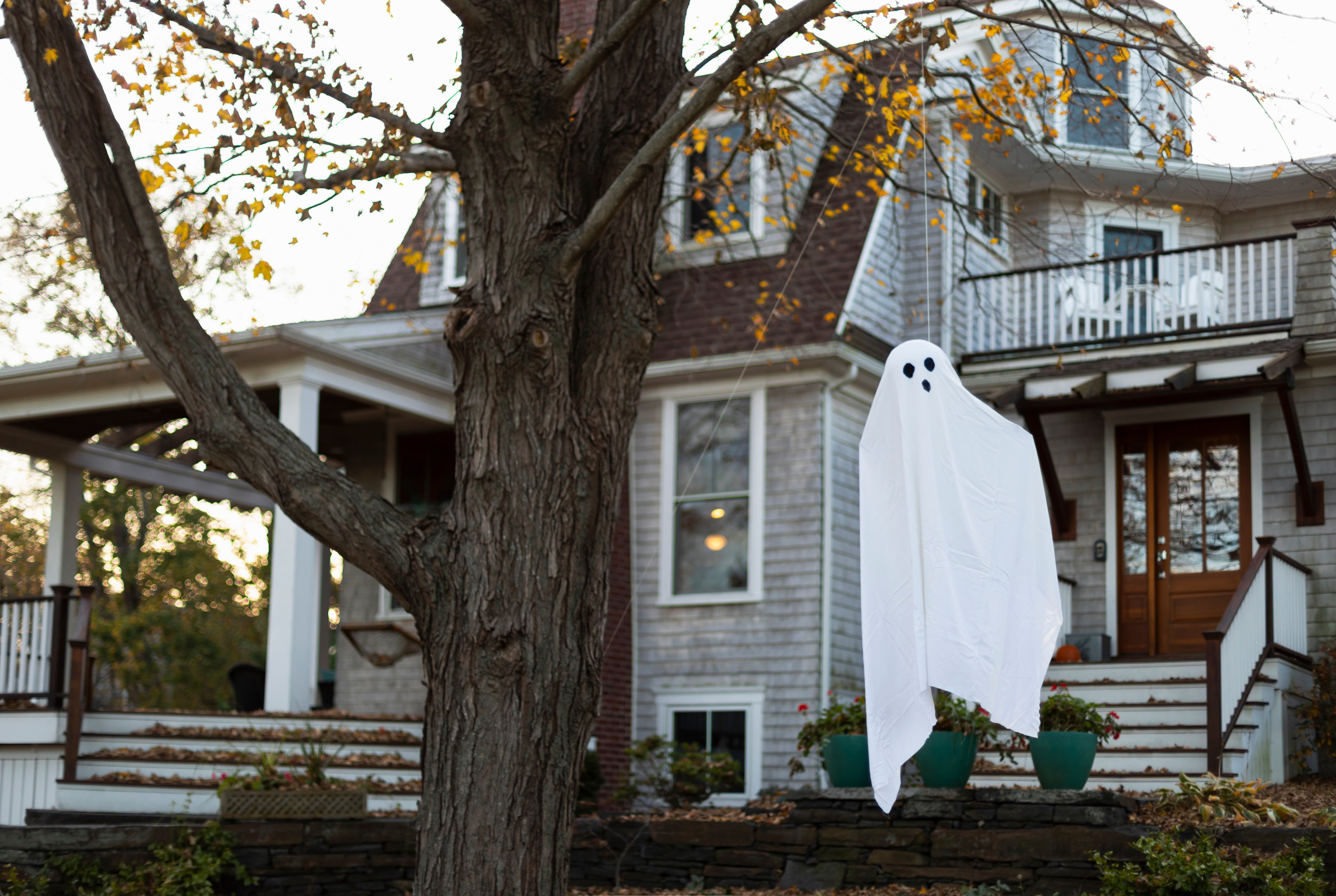Overview
Gen Z is stepping into homeownership at a time when affordability masks growing environmental and financial risks.
- Severe storms are hitting the same Midwest regions where Gen Z is buying most.
- What looks like a smart investment often turns out to be a gamble with rising insurance costs and worsening weather patterns.
- “Affordable” homes may come with long-term costs Gen Z can't afford to ignore.

A storm of their own
Every generation has faced a different hurdle on the path to homeownership. For baby boomers, it was runaway inflation. For Gen X, it was recession. Millennials saw wages lag behind home prices. Gen Z is confronting a new kind of problem: the cost of entry might be low, but the price of ownership keeps climbing.
Why? Because what looks like opportunity on the surface increasingly carries a hidden cost. The places where many Gen Zers — a generation born between 1997 and 2013 — can afford to buy are in places where the environment is least forgiving.
Severe convective storms are shifting north. Hail has become one of the most expensive insurance threats in the country. It hits hardest in the states where the youngest buyers are settling. Nebraska and Kansas are both above their 20-year hailstorm average. Iowa is not far behind.
These weather events are not rare. In fact, they are increasingly common, and they are reshaping what it means to own a home in America. Gen Z is stepping into a market defined by limited housing options, higher borrowing costs, and an eroding risk buffer. The path to ownership is open, but what lies ahead is uncertain.
Cheap homes, costly futures
In 2024, Gen Z accounted for just 13% of all homebuyers. But in Midwestern cities like Des Moines, Omaha, Youngstown, and Dayton, Gen Z represents one in five new mortgage applicants. These markets have one thing in common: lower property prices.
Top 10 metros for Gen Z homebuyers
Data source: Cotality, 2024

The appeal is clear. With many Gen Z buyers purchasing alone, affordability is a requirement. A $250,000 home with a small 10% deposit and today’s interest rates leads to a monthly payment around $1,500. That eats up 36% of the average 25-year-old’s income. And that calculation does not include property taxes or insurance.
“Where Gen Z wants to live is different from where they can actually afford to buy,” says Molly Boesel, a senior economist at Cotality. “Right now, affordability points them toward the Midwest and the South, which also happen to be regions with higher exposure to natural disasters.”
Disaster isn’t discounted
The insurance gap is widening. The cost of homeowners insurance has increased 74% in the past fifteen years. In storm-prone states, premiums are climbing fast. In some cases, insurers are withdrawing altogether.
These decisions do not happen in isolation. Nebraska and Kansas are two of the top states routinely impacted by hail the size of a chicken egg, and in 2024, both states had more hailstorms than they typically get according to the 20-year average calculated by Cotality. Shrink the size of those hailstones down slightly, and Iowa makes it onto 2024’s list of states that with more hailstorms than the 20-year average.
More severe weather means more claims. More claims lead to higher costs. And that’s without calculating how much material prices have gone up. Roofing materials like asphalt shingles and labor for roof repairs have increased 48% and 36% respectively in the last 10 years. Add to this the tariffs that the Trump Administration has imposed on imports, and home construction costs are forecast to jump by single digits over the next 12 months.
Without insurance, those costs fall to the homeowner. For young homebuyers, shouldering those costs may be too much to bear, making buying a home impossible.
False affordability is the real risk. A lower home price might look like a bargain, but the long-term cost of ownership tells a different story. Roof repairs, rising premiums, and coverage gaps can tip a fragile budget into crisis. Without insurance, damage goes unrepaired. Equity falls. Wealth creation stalls.


Too many people, too few safety nets
To soften the blow of high housing costs, many Gen Z buyers are turning to shared living. Co-buying with friends. Renting out spare rooms. Relying on family. These strategies stretch income but also raise exposure. One damaged home has consequences for more people. One claim touches more lives.
And shared living is often temporary. As roommates move out and settle nearby, population density in these storm zones increases. The number of homes in high-risk areas grows. So does the cost of covering them.
Many of these buyers also face hurdles when trying to qualify for loans. Informal income, gig work, and creative financing complicate the process. Young buyers are also generally less flush with cash, which makes Federal Housing Administration (FHA) loans popular. Cotality found that buyers under the age of 25 have the highest share of FHA mortgages compared to any other age cohort. Another popular loan type are USDA loans, an option that young low to middle income applicants use in rural areas more so than any other generation.
While a mortgage may get them into a home, it does not protect them once they are there.
The real barrier to ownership is risk
Insurance is increasingly the final gatekeeper to homeownership. Without coverage, there is no mortgage. Without a mortgage, the ladder disappears.
Florida has already revealed what happens when risk outpaces resilience. Insurers exit. Premiums spike. Properties lose value. Markets freeze. The same pattern is beginning to emerge in parts of the Midwest.
This is a structural fault line. The housing market depends on stability. But in regions where the weather is getting worse and coverage is getting thinner, stability is fading.
If homes cannot be insured, they cannot be sold. And if they cannot be sold, they cannot serve their purpose as assets. Wealth, access, and security erode together.
What began as a search for affordability may end in loss. Not from bad decisions, but from a system that has not kept up with the environment. Resilience is no longer an ideal. It is a requirement.







